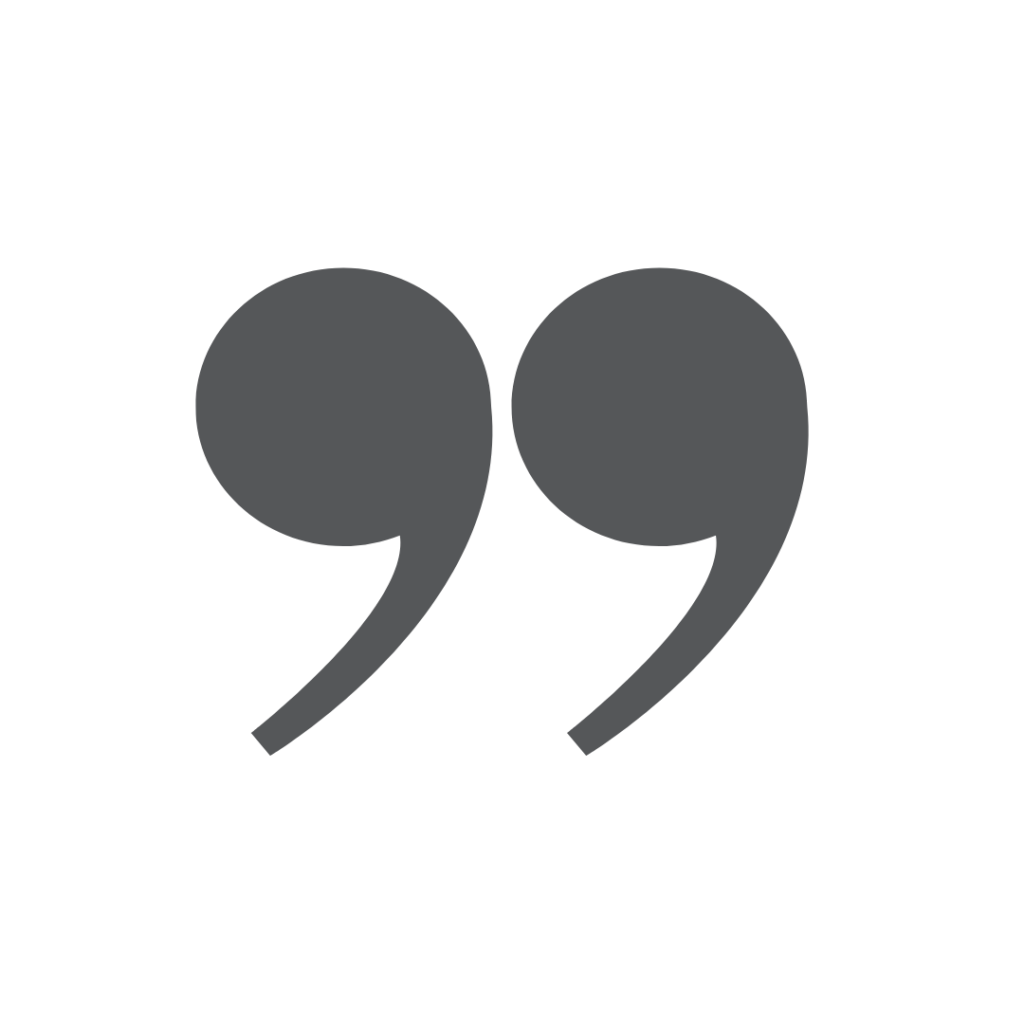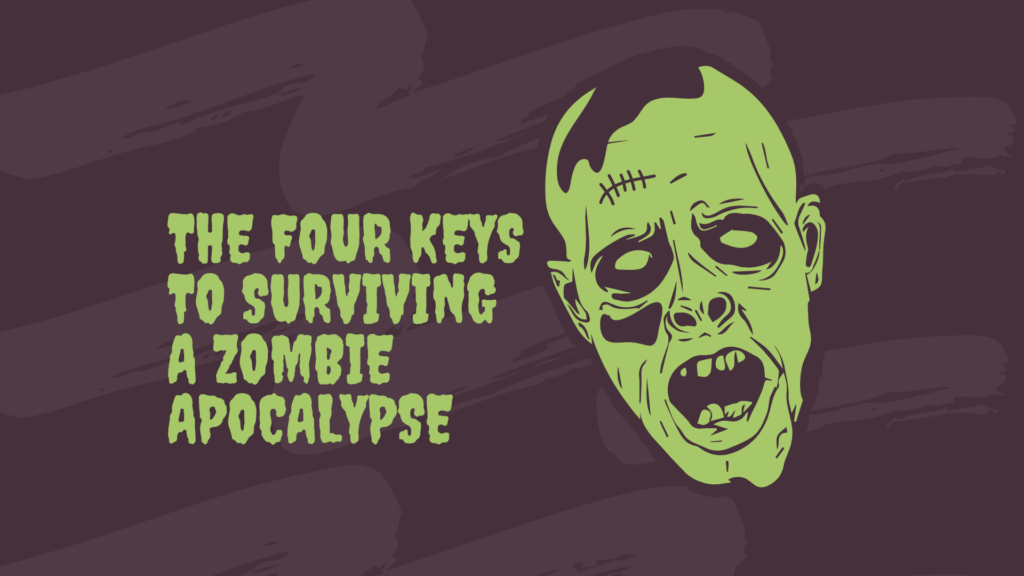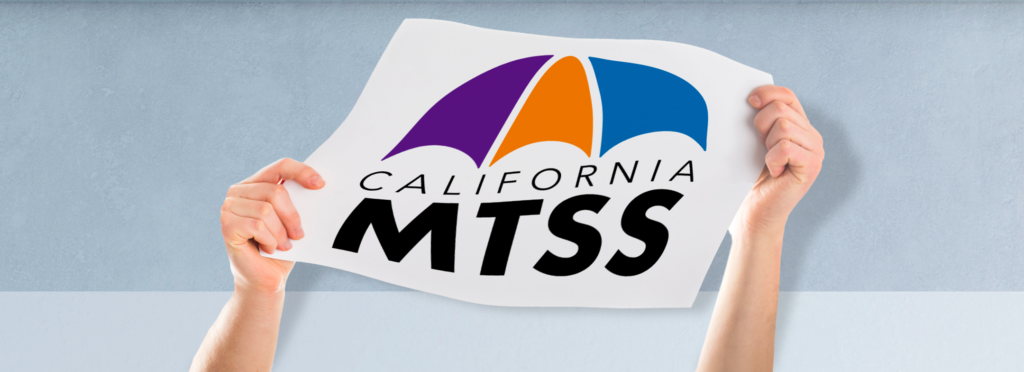Build Unity Through Change: Engage Staff in Continuous Improvement Processes

We must invest and develop institutions that act as “learning systems,” that is to say, systems capable of bringing about their own continuing transformation.
– Donald Schon

INTRO
Continuous improvement is an applied science that emphasizes innovation, rapid and iterative cycle testing in the field, and scaling in order to generate learning about what changes produce improvements in particular contexts. The outcomes of each cycle inform the revision, development, and fine-tuning of practices.
Continuous improvement should be embedded in day-to-day work, in a systemized, organic way. You can think of the cyclical process as a formative assessment of the ideas being tested.
OBJECTIVES
- Help change organizational processes, policies, and practices
- Develop collaborative unity as an education team
The below tools will help you create and test solutions to address problems as you try to get better at improving your daily work practices.
Exploring Three Essential Questions:
1. What problems are you trying to solve?
2. What changes might be introduced, and why?
3. How will you know if a change is actually an improvement?
Continuous Improvements Should:
1. Build the skills, knowledge, and perspectives of individuals to self-reflect, and act based on data and knowledge. This strengthens the capacity of all participants to work together.
2. Support an organization’s efforts to become stronger and more effective.
3. Designed to address real issues and problems.
4. Invite multiple perspectives.
5. Be flexible and adaptable.
6. Be responsive to local context.
Utilizing the Driver Diagram
Once your team has a deep understanding of your problem, you can better articulate what you believe will be necessary conditions to address it.
A driver diagram is a type of structured logic chart that serves as a visual tool for addressing your problem. Not only does it make your theory of change explicit, it allows you to develop and test theories of improvement—as well as build upon knowledge gleaned from research, observation, and experience. The purpose of a driver diagram is to inform your continuous improvement plan.
Four Elements:
1. Goal: What you want to achieve. The positive framing of your problem.
2. Primary Drivers: You may have several drivers, which may act independently or together to achieve the goal. A primary driver represents a hypothesis about a high-leverage factor you believe directly impacts your goal. They focus on changes that are essential to make the desired improvement(s). Taken together, the primary drivers are meant to represent how the goal might be achieved.
3. Secondary drivers: Secondary drivers are norms, processes, structures, knowledge, and beliefs that are necessary and sufficient to move the primary drivers. Depending on the scope of the goal and how specific the primary drivers are, you may not always need a secondary driver.
4. Change practices: Change practices are the interventions or specific work practices that affect the secondary driver and, in turn, the primary driver. Consider a suite of interrelated change practices as an innovation. A change practice is concrete— an action or a set of actions you can do to create the desired change, helping to attain your goal. Each change practice identified in the driver diagram is a theory as to what will create change in the secondary driver and ultimately the goal.
Three Frameworks to Support Change Management
The integration of these research-based frameworks will help leaders and practitioners consider factors that may help or hinder the change process. These frameworks are: 1) the concerns-based adoption model, 2) the framework on mobilization and organization, and 3) the four-frame model.
Concerns-Based Adoption Model
A critical step in implementing any innovation is to invest appropriate time and analysis in understanding what might be getting in the way for those being asked to adopt and implement the change. A common error that schools and districts make when introducing a new innovation is to underestimate or overlook the fact that stakeholders will respond to and use the innovation differently, based on varying attitudes, beliefs, and efficacy.
The seven stages of stakeholder concerns:
1. Unconcerned: This stakeholder feels like other demands make it difficult or impossible to give the innovation any attention.
2. Informational: This stakeholder finds it interesting but feels like he or she needs to learn more about it in order to engage.
3. Personal: This stakeholder is typically concerned about the personal costs of embracing an innovation and what they will be expected to do differently.
4. Management: This stakeholder is typically concerned with how to manage this innovation—how much time it will require to “get up to speed” and integrate all of its components into planning and teaching.
5. Consequence: This stakeholder is typically concerned with how the innovation will impact and benefit the students.
6. Collaboration: This stakeholder is typically interested in opportunities to work and share ideas with others.
7. Refocusing: This stakeholder continually sees ways to improve the use of innovations, and appreciates continuous improvement.
Organizing and Mobilizing Framework
Leaders who mobilize:
Aim to increase the numbers of people in a school and district who are actively engaged with an innovation. Mobilizing assumes that those being recruited are already motivated to action – they simply need a clear and compelling invitation to enlist formally.
Leaders who organize:
Create motivation where it does not yet exist. This strategy aims to deepen understanding and strengthen skills in order to onboard members of a school, district, and larger community who are not yet action-interested or ready. The goal of organizing is to build leadership and agency for change among stakeholders. Thinking about whether the intended outcome is to mobilize, organize, or both can help decide how to engage multiple stakeholders.
Four Frames of Organizational Development and Change Management
Together, the four frames provide an accessible outline of organizational development and the different aspects of a system.
Frame 1: Structural
This frame focuses on the systems and processes that support or undermine an innovation. This frame looks at the architecture of an organization: clear roles, policies, and procedures. The premise is that people are able to do their best work if they have a clear understanding of what is expected of them, and the organizational processes that support their work.
Frame 2: Human Resource
This frame concentrates on the alignment or lack of alignment between the vision and priorities of a school and district, and the personal and professional goals of the staff. Staff are more likely to do their best work if there is a clear connection between what the organization values and needs and the expertise and passions they bring to the table. Staff also need to believe that they are prepared and equipped to fulfill their responsibilities.
Frame 3: Political
This frame refers to the inevitability of power conflicts when groups and individuals with diverse agendas come to the table. The goal is not to negate these differences but instead to harness the energy to arrive at creative solutions to problems, with the understanding that each person or group has a role in the solution. Toxic environments in schools and districts tend to develop when the focus of an innovation is compliance rather than authentic acceptance.
Frame 4: Symbolic
This frame reflects the needs of individuals and groups to engage in meaning and self-expression as they engage in their roles and tasks. Staff need to feel like an innovation “feeds their soul” or has a greater purpose, which is reflected in the stories, rituals, and values that are embraced in schools and districts.
Identifying a Suite of Change Practices
After you have identified your goal and associated drivers necessary for obtaining it, the next step is to recognize high-leverage change practices that will impact your drivers. Change practices are the interventions or specific work practices that affect the secondary driver and, in turn, the primary driver. A change practice is concrete—it is an action or a set of actions you can do to create the desired change that helps you attain your goal.
Where innovations and change practices come from:
1. From within your system: What are people in your organization already doing that is showing promise or success toward addressing your root causes? Consider implementing these more widely.
2. Research: What does academic literature have to say about solving this problem? What evidence is there of innovative and effective practices?
3. Practice Knowledge: What have other organizations in the field done to solve this problem? What has worked in the local context to address this problem?
4. Design Thinking: What new and creative solutions might we design to address this problem?
5. Investigation: What does your analysis of the problem indicate may be a helpful solution?
High-Leverage Change Practices
Change that will have the greatest impact with a reasonable likelihood of being implemented well.
1. A specific strategy that is actionable within a reasonable timeframe
2. Moves beyond a programmatic lens to the underlying principles of the change
3. Will likely deepen or shift thinking and practice
4. Advances the innovation in measurable ways
Plan-Do-Study-Act (PDSA)
After you have identified high-leverage change practices that will impact your drivers, the next step is to plan the continuous improvement cycles that will test and improve each change practice. PDSA is very practical. It involves the use of small-scale tests that give you the freedom to assess, learn, and act in rapid cycles.
Step 1: Create your theory of action and prioritize:
• Identify specific change practices to test in continuous improvement and illustrate in your driver diagram.
• Consider if or how you might enact a PDSA cycle at the classroom level and another with school or central office staff. You can run multiple PDSA cycles simultaneously and ideally at all levels of the system.
• Prioritize and choose high leverage change practices to test in PDSA cycles across all levels of the education system. Consider what will be most impactful while still being reasonable to implement.
Step 2: Develop an aim for the cycle:
• Identify the secondary driver that you intend to impact with your planned change practice.
• Frame an aim for your test tied to the secondary driver. This is what you predict will result from implementing your change practice.
Step 3: Make a plan for implementing your change practice
• Specify what you plan to do, who will do it, and when you plan to do it.
• Start small, for example, with one or two teachers, one classroom, or a few students.
Step 4: Make a plan for implementing your change practice
• Incorporate your process, outcome, and balance questions.
• Think about evidence for changes in processes.
• Consider both qualitative (e.g., interview notes, descriptive observations) and quantitative data (e.g., percentage of students exhibiting change, rating scale averages).
• Use multiple methods, such as surveys, observations, and artifacts.
• Start small-scale by creating a three- or four-question survey, or sampling a few individuals.
Step 5: Implement your change practice and collect data
• Execute your change practice according to your plan and record what was actually enacted.
• Ensure data are collected according to your data collection plan.
Step 6: Collaboratively study the data
• Consider whether your data indicate that you met your expected results.
• Identify additional learnings from the cycle that can inform improvements to the change practice.
Step 7: Use what you’ve learned to act by making improvements to the change practice or identifying next steps
• Determine whether improvements to the change practice would benefit from testing through a new PDSA cycle.
• Establish if the change practice is ready to be tested on more teachers, classrooms, or students.
Gathering Data With a Focus on Equity
1. Gather data that breaks down information on access and success by subgroup—including ethnicity, economic status, gender, and other relevant attributes.
2. Consider who is represented in the data study process to ensure the inclusion of multiple perspectives and voices. Create safe spaces for critical dialogue and courageous conversations that support questioning of data in the context of systemic and historical roots of inequities.
3. Address possible patterns of implicit bias in a safe and constructive way during data study, and support cultural competence of staff.
4. Make explicit connections between findings and equity drivers in your theory of change. Consider if or how change practices are impacting equity over time through a series of improvement cycles.
5. Examine systemic, structural, and historic barriers to equity and equal justice, including policies and norms.
6. Disaggregate all data (e.g., test scores, grades, graduation and dropout rates, discipline referrals, suspensions, school climate surveys, attendance, etc.) by subgroups: race/ethnicity, gender, income level, students with disabilities, English language learners, and any other categories of students that are at risk for inequitable outcomes. These data will indicate whether particular groups are experiencing inequities compared to other groups. Collecting and analyzing disaggregated data over time allows for
the examination of trends by subgroup. For example, whether inequities are getting worse or better and what change in practices they may be associated with.
7. Collect data to understand the root causes of inequities. It is best to avoid assumptions of students and question what you think you know. The following data collection methods are effective in understanding the conditions that contribute to inequities:
A. Shadow a student from an underserved subgroup – this allows you to put yourself in their shoes and identify what environmental factors may be contributing to their underperformance.
B. Form student focus groups made up of an underperforming student subgroup – students will feel more comfortable speaking about their experiences with others who can relate to them. The student perspective will help to illuminate factors that are apparent to them, some of which may be hard to see from pure observation, as well as any intersections of experiences with culture.
C. Interview parents and other community members who may be able to provide context for particular outcomes and speak for those students who are too young to participate in focus groups. Note: Use a native speaker for interviews with parents whose native language is not English.
Documenting – Continuous Improvement
As learnings from one cycle feed into iterative cycles of continuous improvement, it is important to document what happens in each cycle — so lessons learned are not forgotten and strategies that were tried but failed are not repeated. The progression from cycle-to-cycle tells the tale of the journey from a small-scale test to a robust practice that can be communicated and explained to anyone new to the practice.
1. It describes your story and journey in the change process.
2. It documents evidence for why key practices are worthwhile and should be sustained.
3. It promotes effective communication, allowing everyone to have common understanding of the work and progress.
4. It provides a rationale of key decisions, making continuous improvement a transparent process.
5. It facilitates accountability while honoring that change can be difficult
Examples
Driver Diagram Example
Goal: Improved instructional practice toward positive student outcomes
Primary Driver: System alignment of policies and practices for teacher support and evaluation.
Secondary Driver (1): There are meaningful opportunities for professional learning that align with teachers’ learning needs
Secondary Driver (2): There is transparent and effective teacher support and evaluation system
Change Practice Scenarios
Change practices that are too big will be hard to implement within a reasonable amount of time. Change practices that are too small run the risk of not having much of an impact. Below are some examples to get your team thinking.
Too Big:
• Programs
• Curricula
1. District leadership implements proficiency-based education.
2. Teachers engage in and practice project-based learning.
3. School leaders introduce a multi-tiered system of support
Too Small:
• Immediate Action Steps/To Dos
• Tools or materials outside of processes
1. School leaders give staff access to Google Docs as a repository of materials
2. Educators read research about competency-based learning
3. School improvement team assigns teachers to participate in committees
Just Right:
• Practices
• Processes
1. Principal extends advisory time to 50 minutes and advisors implement strategies for student personalized learning plans
2. School coaches create and use Look-Fors observation tool with a feedback protocol for teachers
3. Teachers across subject areas explicitly teach critical thinking and problem-solving skills
Process, Outcome, Balance Questions
Process Questions examine the quality of implementation of the change practice.
• Do practitioners perform according to the key principles of the change practice?
• Are you on track for quality implementation?
Outcome Questions examine the expected outcome from enacting the change practice. This will be the driver that the change practice is connected to in the driver diagram.
• Are there changes in conditions or behaviors following the implementation of a change practice?
• What is the impact of the change practice on students or practitioners?
Balance Questions examine negative side-effects from implementing the change practice within an existing system. Because of the interconnected nature of systems, and the complexity of school districts, an innovation may create a benefit in one place and an unintended disruption elsewhere.
• What unintended consequences have resulted from your change practice?
• Does the positive change that results from your change practice outweigh the negative side effects?
• What can be done to reduce the negative side effects?
Education Development Center (EDC)
EDC is a global nonprofit that advances lasting solutions to improve education, promote health, and expand economic opportunity. Since 1958, they have been a leader in designing, implementing, and evaluating innovative programs, in collaboration with public and private partners. From in-depth research endeavors to district- and country-wide reform initiatives, their programs provide individuals, families, and communities with the knowledge, skills, and support they need to achieve a better future.






Responses